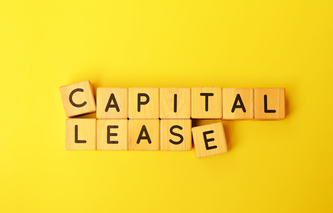Definition
The financial accounting term leveraged lease refers to leased property that is partially financed by the lessor with money borrowed from a financial institution. In a typical leveraged lease, the lessor may finance 20 to 40% of the property's purchase price, while creditors provide funding for the balance of the property's cost.
Explanation
When structuring a leveraged lease, the lessor will typically finance a small share (20 to 40%) of the property's purchase price, while seeking a loan for the balance of the money owed. This provides the lessor with the tax benefits of ownership without the direct commitment of a large capital investment.
A leveraged lease involves at least three participants:
Creditor: typically a large financial institution or lender; provides the balance of the purchase price and is paid by the lessor. The creditor holds the title to the property until the loan is repaid.
Lessee: the user of the property, responsible for making the rent payment to the lessor.
Lessor: the owner of the property; also referred to as the equity partner; enjoys the tax benefits of ownership. The lessor is responsible for making principal and interest payments to creditors.
With a leveraged lease, the loan is secured by the leased property, and the credit rating of the lessee determines the rate of interest charged on the loan. If the lessee stops making their rent payments, the property can be repossessed by the creditor.

